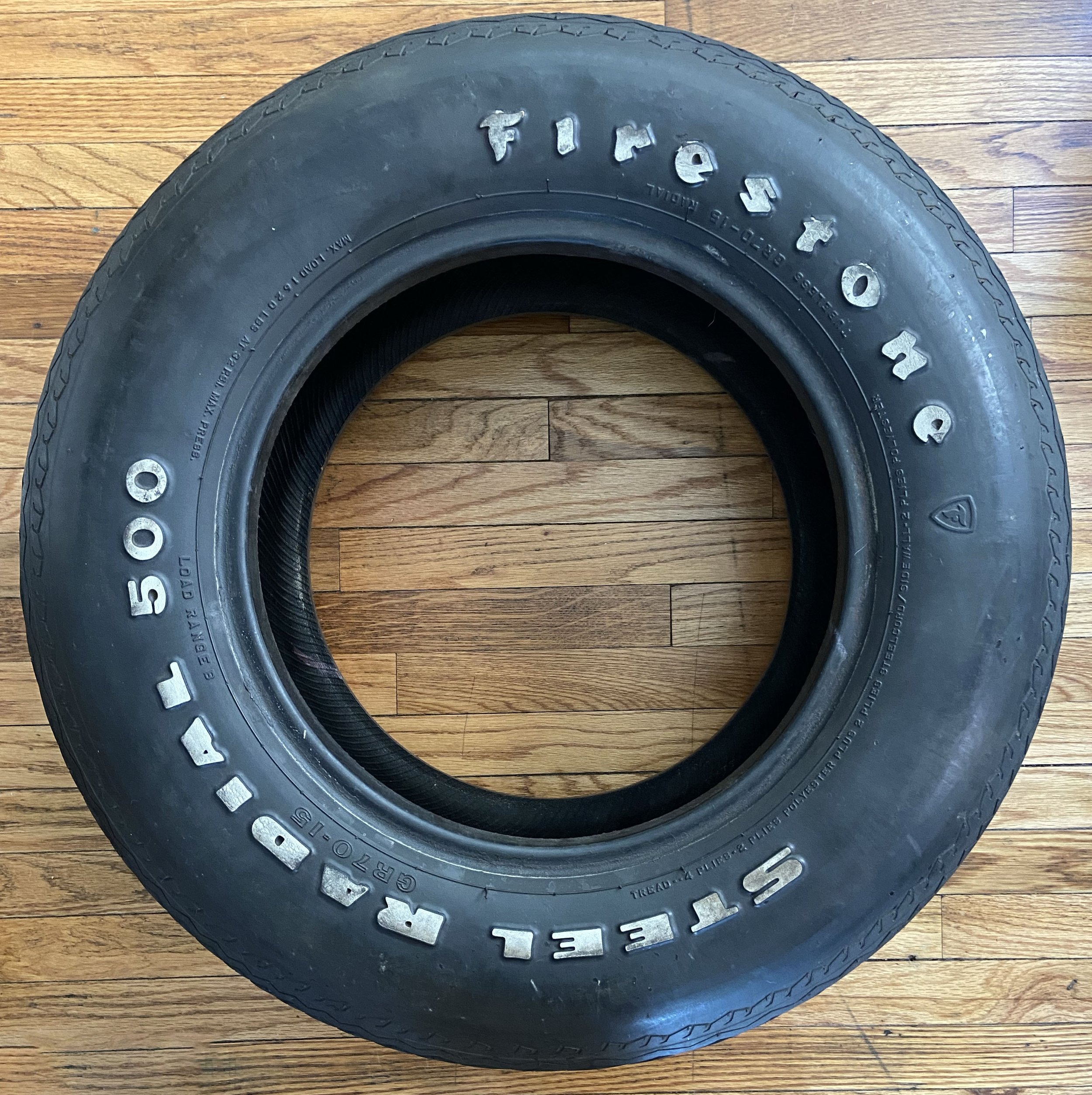ORACLE
Be Realistic: Demand the Impossible
As a founding civil servant in the Environmental Protection Agency (EPA), my grandfather once shared with me a powerful moment from 1969. It was an image published by Time Magazine, capturing the Cuyahoga River in an unusual state - not flowing with water, but engulfed in flames. From up river in Akron, the US tire capital, the river had been polluted from years of industrial waste, and it caught fire on a Sunday morning in June. The media attention in 1969 helped galvanize public support for a series of ambitious pollution control activities eventually resulting in the Clean Water Act and later, the establishment of the federal Environmental Protection Agency.
The flaming river acted as an oracle: it foretold of devastation in the near future and galvanized the actions that were needed to avoid it. The sight of a burning tire is a powerful image encapsulating both the human impact on the environment and the urgent need for climate action.
USA alone produces 335 million tires a year, with 1 billion produced globally. Tires are made out of a mix of materials including synthetic rubber, the production of which requires between 5 to 10 gallons of crude oil per tire. Additionally, tires contain carbon black, a reinforcing filler, along with metal and fabric components, making them a challenge to recycle effectively. Tires, in their materials, have a kind of oracular longevity–they are fashioned from deep time–and they will last far into the future.
Oracle is an interactive artwork featuring a talking flame emanating from a burning tire. The burning tire functions as a climate change oracle that viewers can approach and ask their questions about environmental crises and the changes in the world around them. Taking a lesson from the river, and from the history of oracles as sites where uncertainty can be exchanged for action and direction, our piece offers a mysterious spectacle whose humor and strangeness are designed to upend cynicism and create space for voices from the climate justice movement.
This work is in collaboration with Nick Bontrager and is supported by a grant from Fine Acts with support from Countdown, TED's global initiative for solutions to the climate crisis. Special thanks to the team of mentors who bring a diverse set of experiences and backgrounds to this project.
Special Thanks
Texas Christian University, University at Buffalo and Silo City. Joey Goergen, Laura Marris, Bello Bello.
Commissioned by Fine Acts






